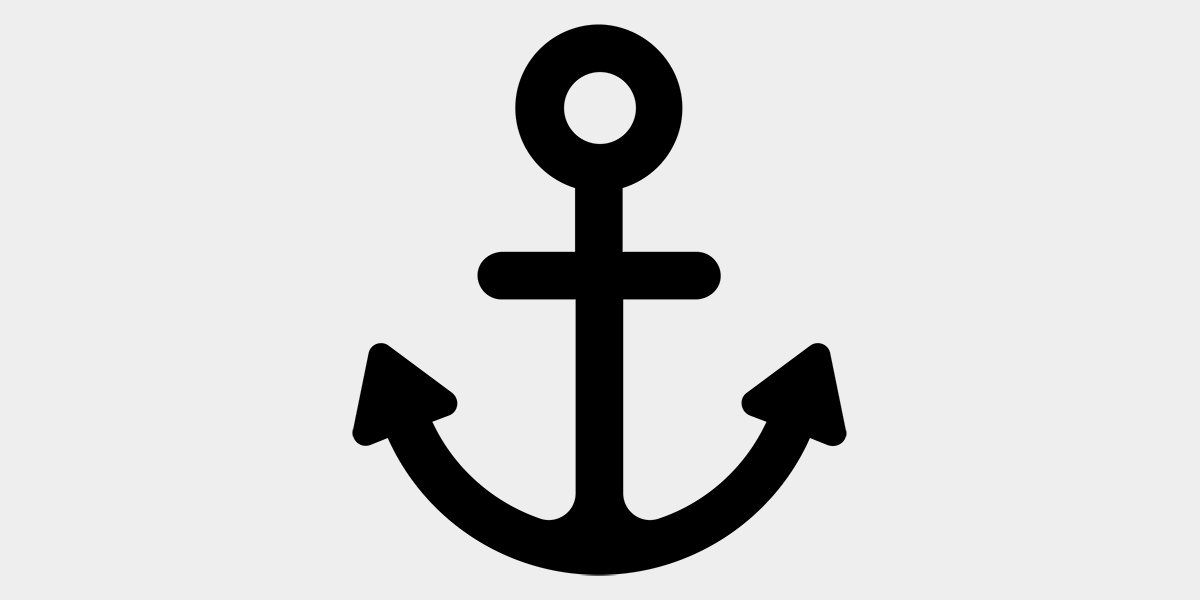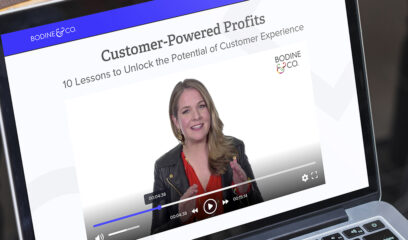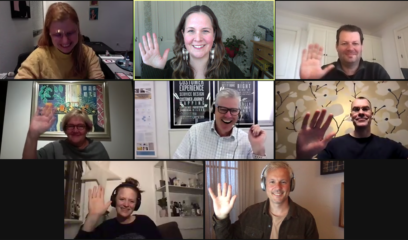After a recent office supply run, I happily provided my email address one letter at a time to the friendly cashier in exchange for the promise of digital receipt. A few days later I received not only my receipt, but also a message thanking me for joining the Office Depot mailing list. Though it was cloaked in politeness and gratitude, the real message in this email was that I had no choice. By opting for the convenience of a digital receipt, I was automatically subscribed to an email newsletter that I didn’t want or ask for.
No one likes feeling like her choices have been made for her, and marketers who employ this sneaky technique are doing their brands a disservice. By letting customers make choices about when, how, and why they’re contacted, companies cement a healthier relationship, and customers get more relevant information and promotions.
Last month I wrote about how marketers should provide opt-down choices to customers who seek to unsubscribe from emails. But when customers choose one option that benefits them, they’re often forsaking others that may benefit your company. How can you preserve your ability to meet your marketing and communications goals while maximizing customers’ perceived sense of control and inbox sanity?
Let’s take a look at a well-known experiment by social psychologist Dan Ariely. Ariely offered MIT students various options to subscribe to The Economist:
- Online only: $59
- Online AND print: $125
68% of those MIT students opted for the cheaper option—$59 for web only.
On a second round of the experiment, Ariely structured the options a little differently. He offered:
- Online only: $59
- Print only: $125
- Online AND print: $125
Unsurprisingly, not a single student in this second round chose the “print only” option. But now, only 16% chose the “online only” option, the clear favorite in the first round. And an overwhelming majority of students—84%—chose the “online and print” option for $125. What happened? The presence of the undesirable “print only” option made the higher-end “online and print” choice look fantastic by comparison.
Many hypotheses exist for why this phenomenon occurs, but general consensus in the scientific community is that it’s related to our reliance on a heuristic known as anchoring. Essentially, this means that our expectations are set by what we perceive as the status quo. Anchoring is present in virtually all of our daily decision-making and is a well-known (and well exploited) technique in negotiations, marketing, and—as Ariely showed—pricing. And even when we know about it, the power of anchoring is nearly impossible to resist.
So how can you apply this psychological principle to email opt-downs?
Give your customers an anchor—a foil that sets their expectations for what’s normal. For example, make the first option in your frequency drop-down menu “daily,” and customers will anchor on daily contact as the norm. It doesn’t matter if no one selects “daily” as his preferred contact frequency. This less desirable choice serves its purpose by making customers feel great about choosing the next contact frequency: “weekly,” “twice weekly,” or whatever options you’ve found drive the most business value.
Finding the sweet spot between your customers’ wishes and your business objectives is always a challenge. Anchoring helps your customers make easy and mutually beneficial choices—and gives customers the sense that they’re in charge.




